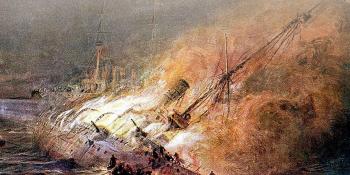They may be unglamorous, but the value of the artificial Mulberry harbours that kept Allied soldiers supplied after D-Day was unrivalled. Michael E Haskew profiles what is arguably the all-time greatest feat of military engineering
The results had been dismal. Operation Jubilee, a large raid against the French port of Dieppe on the English Channel, ended with the Germans in firm control and having sustained relatively little in the way of losses. However, the August 19, 1942 raid had cost the Allies dearly – primarily the 5,000-strong contingent of the Canadian 2nd Infantry Division and roughly 1,000 men of the British No.3 and No.4 (Army) Commando and No.40 (Royal Marine) Commando. When the raiders withdrew, they left behind 30 tanks – new Churchills that had largely foundered on the shingle beaches, with many unable to move inland – along with 33 landing craft, the destroyer HMS Berkeley, 106 aircraft of various types and, most painfully, 3,600 men killed, wounded or captured. The British Chief of Combined Operations, Admiral Lord Louis Mountbatten, had been a strong advocate of the operation for several reasons. The raid would strike a blow against the Germans, prov…




